Each dacket wishes his summer cottage to look neatly and attractive. Make new paints in floral flower beds on household territories by landing beautiful colors whose flowers have a bright shade. One of these plants you can decorate your plot is a crocus flower. It is best to plant this culture at the autumn time of the year. Next, we will tell you more about how crocuses landing is carried out in the fall, as well as when and how to put this beautiful plant.
Content
- Crocuses in autumn: culture description
- Types and varieties of crocuses Autumn and Spring
- Crocus reproduction
- Crocuses: landing in the fall, landing time
- Crocuses in autumn: soil preparation
- Landing crocuses in the fall in the ground
- Caring for crocuses
- Caring for crocuses after flowering in autumn
- Digging and storage of autumn crocus luckers for landing
- Diseases and pests crocuses
- Crocuses in autumn: photo
- Crocuses in autumn: video
Crocuses in autumn: culture description
Flowers crocuses are sometimes called saffron. This plant is very often sitting in summer houses in Russia, since it is rather unpretentious, and at the same time blooms with beautiful large flowers. Before considering how to plant crocuses in the fall, get acquainted with the characteristics of this culture:
- There is a plant to the genus of grassy crops belonging to the Iris family.
- It grows most often in the forest-steppe and steppe zone of Europe and Asia. You can find this culture on the meadows of the Middle East.
- There are many varieties of this culture. So, more than 300 crocus varieties. Each of them has its own characteristic features that we will tell further in the article.
- The name of the culture, in Latin sounding as "Crocus", with Greek translates as "filamentous fiber", in the Arabic language the name of this plant on sound is similar to the word "yellow".
- This culture is planted mainly in spring time, but quite often it happens that crocuses germinate in autumn.
- The height of this plant does not exceed 11 cm. At the same time, the size of the culture bulbs is 3-4 cm. The bulbs have a scaly structure.
- Plant stem rather fragile. Leaves are located mainly below, in the root area. Leafs have an oblong shape.
- Culture flowers with beautiful bright flowers, the diameter of which reaches 5-6 cm. There are varieties of plants that bloom non-monochrome flowers, but two-color (can be covered with spots having another shade).
- Cultural flowering continues from 10 to 20 days.
Types and varieties of crocuses Autumn and Spring
This gentle and extremely beautiful flower has a lot of varieties that have a wide coloring palette and forms. All varieties are conditionally divided into 15 different groups. Moreover, the OssennetsNerving crocuses form only one group, and everyone else belongs to spring-driving plants. The spring appearance of crocuses has become a kind of progenitor of a large number of varieties and hybrids, which were mainly derived by Dutch breeders. Dutch hybrids are the most popular crocus varieties group, which has a large commercial success in the flower market. Another popular group of crocuses among breeders is Chrysantus. This group includes hybrids between the plants of golden and two-color crocuses, as well as the latter hybrids. Each of the groups combines plants that are similar to the structure of inflorescences, its shape, color, size.
Spring-driving varieties of crocuses are combined into the following groups:
- Crocus Spring. This is one of the oldest plants. Cultivates the varieties of spring crocus for more than four centuries. This culture is a flower up to 17 cm high with narrow dark green leaves, which are decorated with a white longitudinal strip. Its flowers are usually purple or white with a long tube, which has a bell-free-funnel shape. Flowers spring crocus for about three weeks.
- Crocus two-color. The geography of this plant is very wide. Mostly grows in the warm climate. Most often there are white crocuses, lilac-blue with brown stains from the outer part of the petals. There are plants with combined inflorescences. For example, white color inside and purple outside. The oev flower of a two-color crocus usually has white or yellow.
- Golden crocus. Widely known since the mid-19th century. It is a very beautiful plant with a height of up to 20 cm, which blooms mainly in April for 2-3 weeks. Golden crocus flowers have yellow-golden color, based on this, he received such a name. Perisheries - brilliant, rejuvenating form. The most popular varieties are: Blue Bonnet, Nanette, I. Ji. Bauels.
- Crocus Tomazini. The usual area of \u200b\u200bhabitat of this plant is the mountainous terrain of the Balkan countries. It has a very beautiful shape of the flower, which in the open state resembles a star. The perianth is predominantly pink-lilac, sometimes with white border. The height of the plant does not exceed 6 cm. From one bulb, as a rule, it grows up to 3 flowers. The most popular varieties of Crocus Tomazini: White flew, flele plates.
Outline crocuses. This group is represented by several fairly popular varieties:
- Crocus fine. It is widespread in the mountainous areas of the Crimea, Central Asia and the Balkans. It has a rather large flowers and leaves, the length of which reaches 30 cm. Their inflorescences often lilac-violet with purple veins. Diameter of inflorescences up to 7 cm. Crocus blossoms beautiful early autumn.
- Crocus cute. One of the few that is able to withstand without damage to light frosts. In the wild, pretty crocus common in mountainous areas with temperate climates. Blooms in mid-September - early October. Inflorescences are light purple with a dark stripe.
- Crocus Banatsky. Received its name from the Banat area in Romania, where most often found. The flower height ranges from 14 to 16 cm. Cultural inflorescences predominantly light lilac color with yellow anthers.
Dutch hybrids. Selection work on the removal of hybrid varieties of crocuses began from the end of the 19th century. Now a group of Dutch hybrids has more than 50 different varieties, and at the same time continues to replenish. These hybrids in color inflorescences are divided into 3 groups:
- Flowers with pure white inflorescences or with the addition of spots of other colors.
- Flowers with lilac, purple or purple scenery.
- Flowers with mesh or striped color.
The most popular varieties of Dutch hybrids are:
- Albion.
- Jubae.
- Kathleen Parlow.
Almost all varieties of Dutch hybrids over May are blooming. Plant flowering continues up to 3 weeks.
Chrysantus. This group of spring-working crocuses was created due to selection of golden and two-color crocuses, as well as the lature hybrids. From Dutch hybrids, they differ from smaller flowers, however, have a wider color palette. So, among chrysantuses, you can find varieties with gentle blue and yellow blossom. The most famous varieties of chrysantuses are: Dzhips Gerl, Marietta, Saturnus and others.
Crocus reproduction
Crocuses breed children, seeds and bulbs. The last method is the most popular, as it gives a better result. For spring-breathing crocuses, the most successful stage of digging of bulbs - from mid-June to early September. In mid-September, start planting soil. Before the onset of the cold, the bulbs will have time to gain nutrients and root, however, it will not have time to give shoots. If you put it before, the plant climbed can freeze.
With intensive reproduction of crocuses, the bulbs dig each year. So, one maternal bulb can give up to 2-3 bulbs who can already bloom. If there is no need for intensive reproduction, then one bully can grow in one place to 3-4 years. Then you can dig it.
In reproduction, the latter are seeded at the beginning of autumn. However, the first bloom of the plant will occur only after 3-4 years.
Crocuses: landing in the fall, landing time
This culture can be planted as late in spring (early summer) and in the fall. It is worth saying that Crocus can bloom in the fall, if he was planted in June. In autumn, spring seedlings are planted.
The deadline for planting crocuses in the fall may vary, depending on the region where the country's country is:
- Moscow region. If cold weather is preserved during the course of the month, planting the plant follows in early October. If the weather is warm, the landing can be transferred to the end of October - the beginning of November.
- Leningrad region. In this region, crocuses fall on October 1-5.
- Ural. Since in this region there is mainly cold weather, crocuses land here at the end of September.
- Siberia. As you know, in this region the climate is the most severe, so crocuses here are planted no later than September 10th.
Crocuses in autumn: soil preparation
In order for crocuses to plant in the fall, you should choose correctly and prepare a landing site:
- First of all, you should choose a glade, which is well penetrated by sunlight. As you know, the autumn period is famous for its cloudy weather and rains, therefore it is not necessary to think that these weather phenomena can somehow damage the germination of culture, as crocuses perfectly "feel" and in half.
- It is desirable that the selected area has a nutrient soil, and there was no stagnation of moisture capable of roting the root plant of the plant.
- In order to dispel all doubts about the moisture of the soil, it is recommended to equip drainage on the site, which is perfectly suitable for gravel or large sand.
- Before planting the plant, feeding are made to the site. For this use peat, manure or compost.
- If in the soil on the site there are impurities of clay, it follows to the upper layer of the Earth add some ashes.
- The soil on the site should be switched to a depth of 20 cm.
- In addition, it is important to choose the right seedlings for landing, they must be healthy, without flaws and spots rot.
Landing crocuses in the fall in the ground
The order of planting crocuses in the fall into the ground:
- First of all, planting wells should be made on the plot. Each bulb should be immersed in the ground to a depth of at least 8 cm. Consequently, the depth of the hole should be 10-11 cm. If crocuses are too small, then you can plant them at a depth of 5-6 cm.
- The distance between the wells should be 7-10 cm. If small bulbs are planted, this distance can be reduced to 5-6 cm. If the flowers were planted too thickly, they should soon be transplanted.
- After the bulb is placed in the hole, it should be picked up with a small layer of land, and then pour. However, note that crocuses do not like the abundance of moisture, so watering the plant moderately.
- Next, fertilizers are introduced into the soil, which is suitable compost and manure.
Caring for crocuses
In order for crocuses for a long time to please you with beautiful and bright flowers, it is necessary to properly care for the plant:
- Fertilizers are made in the soil in the spring. For this, organic feeders are suitable, such as manure, peat.
- Watering plants moderately, only when the soil on the site becomes too dry.
- It should be timely removed by weed herbs from the site, they interfere with the development of the root system of the plant.
- Periodically loose the soil on the plot.
- During the time of heavy rains, the area on which these flowers is planted should be carefully covered with a film.
- If crocus flowers have a small diameter, then these indicators can be improved by making mineral fertilizers into the soil. For this, potash and phosphoric feeders are suitable.
- Many dacities are concerned about the question of what to do if crocuses sprouted in autumn. In this case, the plant should be removed from winter cold. For this, the site is mounted with a layer of peat and foliage.
Caring for crocuses after flowering in autumn
After the planted plant finishes its bloom, it is not required for special care. Crocus will love the garden decoration for a long time, glad the color of its green leaves. When the latter boosts and dry, dry leaves are neatly cut off, and the bulb of the plant digs for landing for autumn. Some gardeners leave the bulbs in the ground. Do it in the case of a recent landing. If the plant is a pilot and the bushes are still enough space on the flower bed, they can be left. To do this, it is necessary to climb the soil between the bushes with a thick layer of peat or leaves. Otherwise, no special care after flowering crocuses do not require.
Digging and storage of autumn crocus luckers for landing
The period of digging crocuses for landing depends on the type of plant. So, spring-breathing crocuses are digging from mid-June to the end of summer. It was then that their rest period begins. In the middle of autumn, springing crocuses begin their activity again. They have a rapid growth of the root system, the accumulation of nutrients for the winter period.
Ossennets-driving crocuses are digging a month before spring-driving, since the period of their activity slightly shifted, and, accordingly, the period of rest starts from mid-May until the end of July.
After digging the crocus, the crocus onion is cleaned from the ground, dead roots and scales, and lay a place for drying protected from the sun rays. In ideal conditions, the bulbs from the moment of extracting from the soil until the beginning of August are stored at a temperature of + 22 ° C, since the beginning of August, it is lowered by 2 ° C, and another week - another 5 ° C. Naturally, at home to achieve such a temperature regime will be very difficult, therefore stored crocuses in a dry and warm place with good ventilation. They can simply decompose on small boxes in one layer and put in the pantry.
Diseases and pests crocuses
With proper leaving for the plant, crocuses are rarely exposed to microbes-pathogens of diseases and insect pests.
With incorrect irrigation and low quality planting material, plant bulbs may be damaged by fungal diseases and pests:
- In the main plant, various forms rotted: white, gray, sclerosial, as well as fusariosis. Purchase plants need to be urgently removed from the bed and burn. The soil at the site of the localization of the disease is treated with antifungal drugs or a solution of manganese. For the prevention of the disease, a thorough selection of flakes is carried out. If the stains rot on them small, they can be slightly cut off and sprinkle a damaged place ash. Before boarding, it is recommended to treat the planting material with a solution of fungicide.
- From pests most often, crocus plants deliver the problems of the wire. When inspecting a faded plant in its bulb, you can detect a large number of fine holes. You can get rid of the wire with the bait. Between the bushes of crocuses lay a straw, moisturize it and cover the piece of blackboard. After some time, the pest begins to move into a straw, which is cleaned with the flower beds and burn.
- Very often damage crocuses field mice. To combat rodents it is necessary to find their minks and fall asleep bait with poison. It is absolutely not harmful to soil and other animals, but will help get rid of the field mice for a long time.
- Problems Crocus can create itself. With poor care of the plant, the plant often develops in a weed and climbs the entire area. To do this, we should conduct timely removal of weeds, and periodically transfer plants to another place.

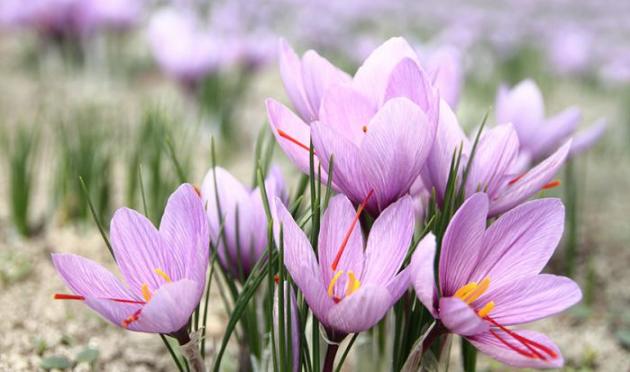
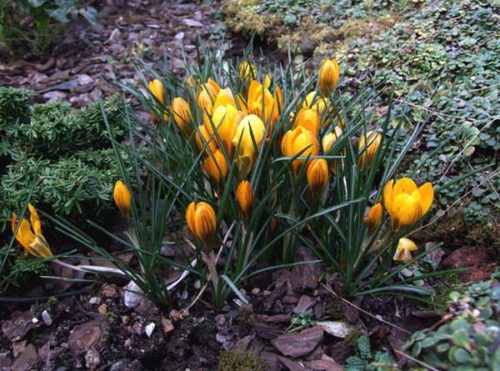
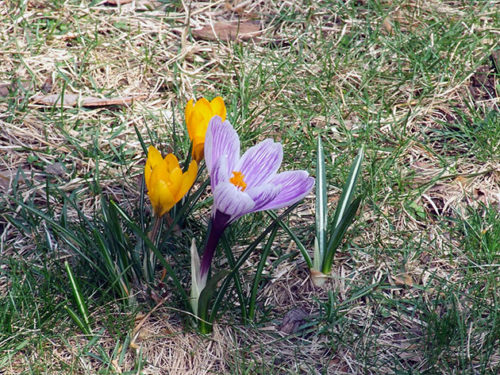

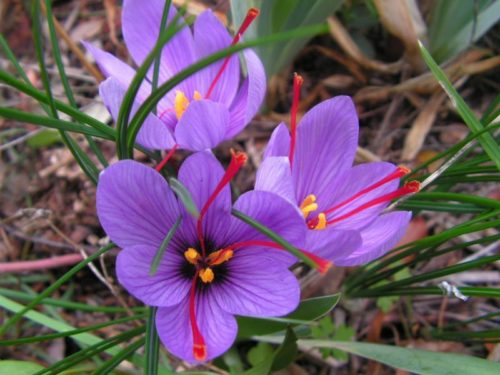
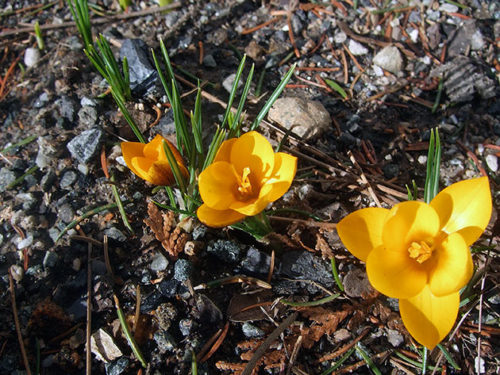
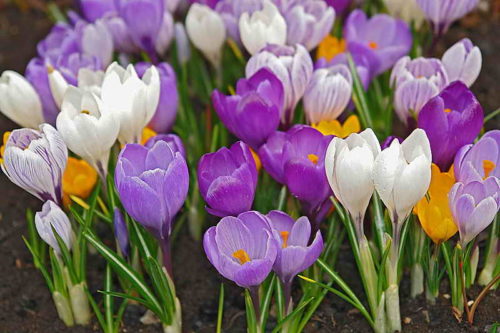
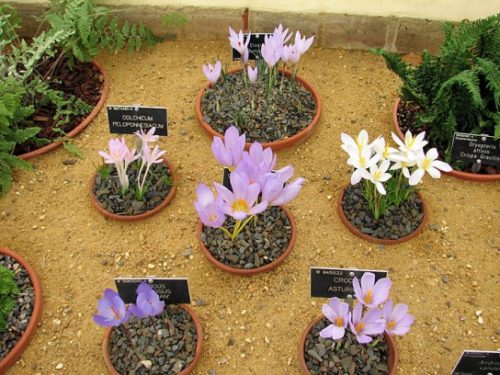
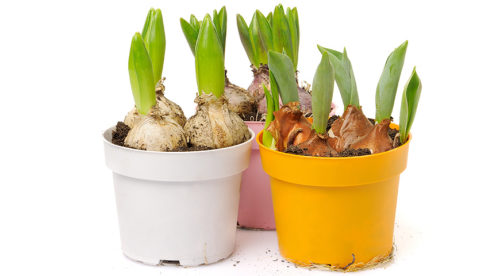
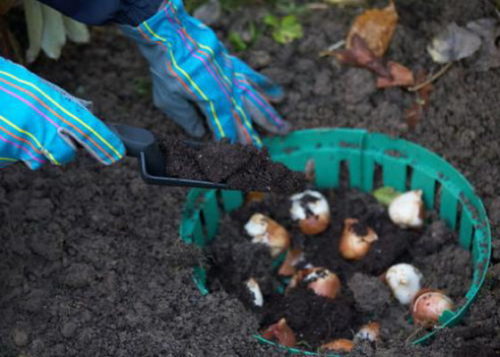
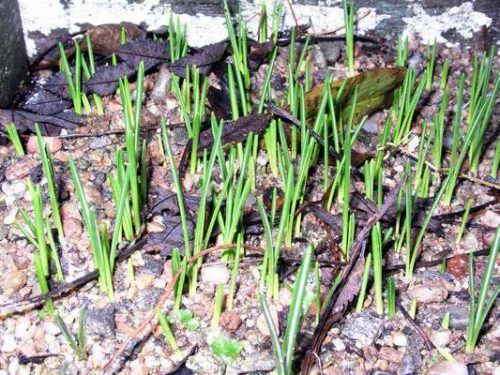
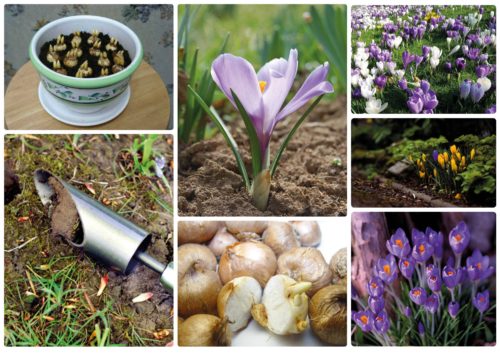
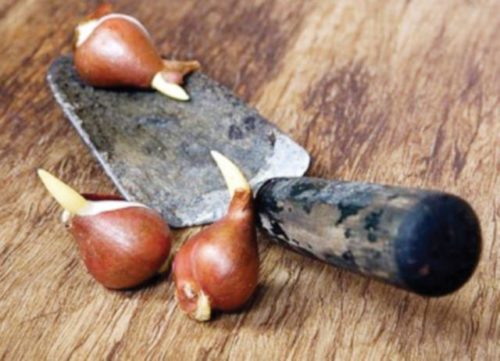
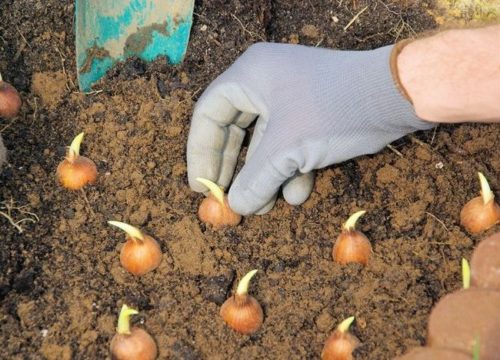
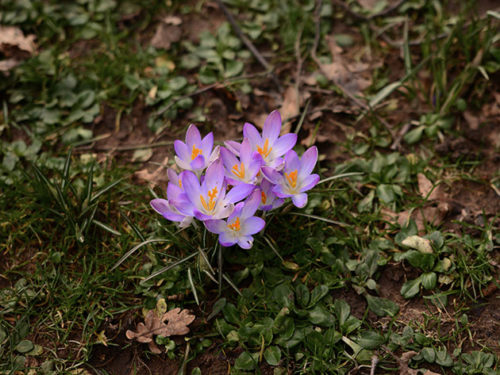

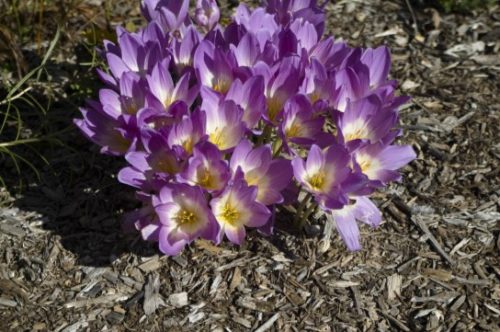
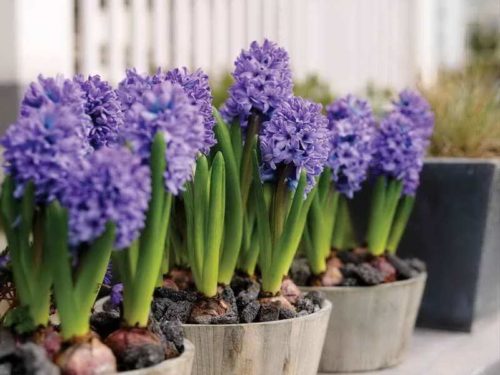
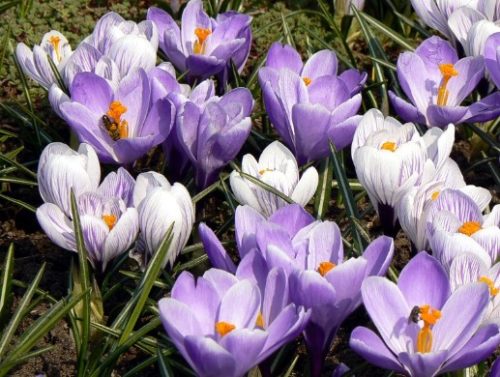
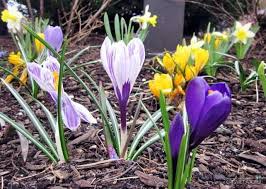
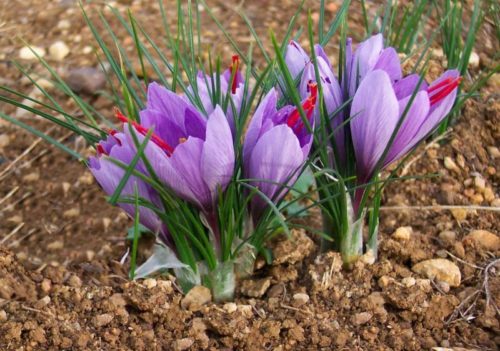












 Start a discussion ...
Start a discussion ...